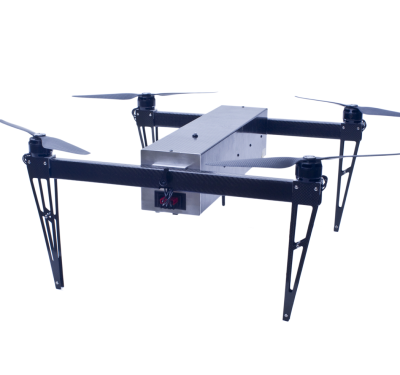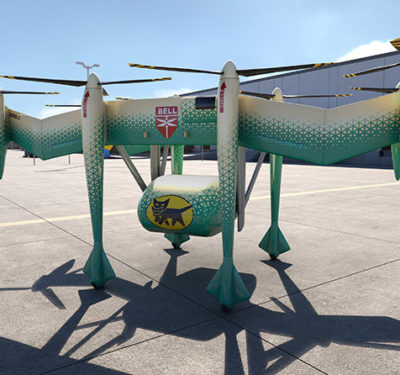MatrixSpace has been awarded a $1.25 million Direct-to-Phase II Small Business Innovation Research (SBIR) contract by AFWERX to develop a prototype low SWaP-C (Size, Weight, Power, and Cost) multi-function, multi-band antenna payload. This development is part of the Department of the Air Force’s (DAF) Replicator initiative, aimed at addressing critical challenges in military technology.

The 21-month project, starting immediately, focuses on creating and testing low SWaP payloads for uncrewed aerial systems (UAS) using existing MatrixSpace technology. The MatrixSpace Radar hardware platform, designed and developed in the USA, will serve as the foundation for this effort, offering robust situational awareness of airborne and ground-based objects under various lighting and weather conditions. This technology is crucial for applications such as drone detection, Counter Unmanned Aircraft System (CUAS) capabilities, Beyond Visual Line of Sight (BVLOS) flight, and general airspace security.
Streamlining Innovation
The Air Force Research Laboratory and AFWERX have streamlined the SBIR and Small Business Technology Transfer (STTR) processes, making it easier for small businesses to engage and innovate. By accelerating the proposal-to-award timeline and reducing bureaucratic overhead, these programs have expanded opportunities for small businesses to contribute to the DAF’s technological advancements. The Open Topic SBIR/STTR program, introduced in 2018, has been instrumental in funding a broader range of innovations within the DAF.
Matthew Kling, Vice President of Intelligent Systems at MatrixSpace, emphasized the significance of this contract: “We’re honored to provide innovative military capabilities using our core MatrixSpace technology to strengthen the national defense of the United States. Through this award, we have been given a significant opportunity to progress large-scale, all-domain attritable autonomous (ADA2) systems envisioned under the Replicator initiative. MatrixSpace will help address critical requirements for future military systems by providing multi-function, multi-band, agnostic capabilities on-board autonomous vehicles, enabling our warfighters to rapidly adapt to any mission.”
Read recent Inside Unmanned Systems coverage on the Replicator initiative and contracts being awarded.






